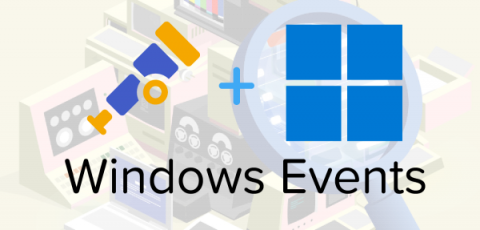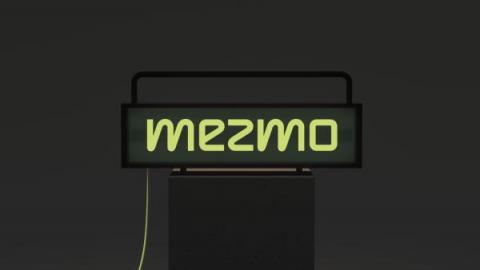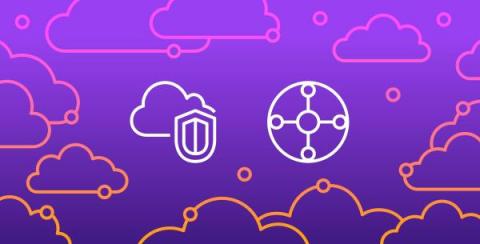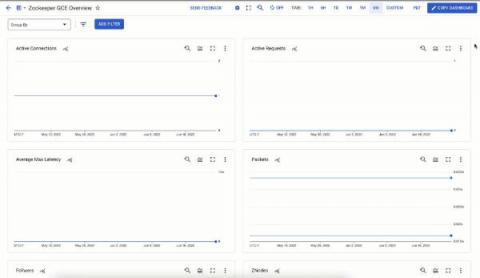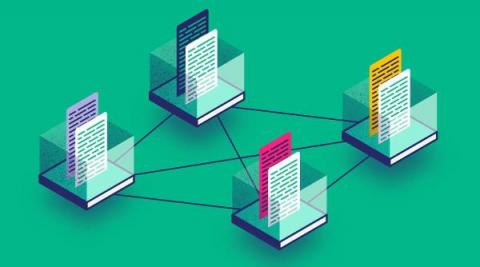Operations | Monitoring | ITSM | DevOps | Cloud
Logging
The latest News and Information on Log Management, Log Analytics and related technologies.
Empowering Security Engineers With the Cribl Pack for CrowdStrike
CrowdStrike is a class-leading endpoint monitoring solution. It collects a wealth of activity data from each managed endpoint that can be fairly voluminous. This includes network connectivity, DNS request, process activity, health checks, and the list goes on. In fact, there are over 400 event types reported by CrowdStrike! These events are a gold mine for threat hunters and blue teams looking for unusual or malicious activity. It can be extremely costly to place all this data in a SIEM.
How to Monitor ZooKeeper: Key Metrics & Best Tools [2022 Comparison]
Apache Zookeeper is a great tool used by many popular tools. Your Kafka uses Zookeeper, your HDFS uses it, your SolrCloud uses it, and your ClickHouse may also be using it. No matter where you are using Apache Zookeeper, it is usually a crucial piece of the infrastructure and it needs to be reliable and fast.
Splunk vs ELK
If you have any experience with comparing the leading tools in observability then it is very likely that you will have come across Splunk & ELK during your research. These two titans have provided a swiss army knife of useful tools to many developers, cybersecurity specialists and devops professionals over the years since their inception. In this guide, we’ll be comparing these two leading SIEM tools against each other to help you to decide on which solution will help your security use case.
How Can OpenTelemetry Enhance Application Performance Monitoring?: A Gartner Quick Answer
Earlier this year Gartner published a report discussing OpenTelemetry and its place in enhancing Application Performance Monitoring (APM).
Sematext Experience | Real User Monitoring Tool | Front-end Monitoring Solutions
Analyze VPC Flow Logs for AWS Transit Gateway in Datadog
AWS Transit Gateway is a service that makes it easy to connect multiple Amazon Virtual Private Clouds (VPCs), AWS accounts, AWS Regions, and on-premises networks together through a central hub. For AWS customers operating at global scale with many accounts and VPCs, AWS Transit Gateway greatly simplifies AWS networking architecture by eliminating the need to manage complex peering relationships and massive route tables.
How to monitor Zookeeper with OpenTelemetry
What Is eBPF? A Guide To Improved Observability & Telemetry
Extended Berkeley Packet Filter (eBPF) is an exciting technology that provides secure, high-performance kernel programmability directly from the operating system. It can expose a wide range of applications and kernel telemetry that is otherwise unavailable. But with operating systems frequently processing very large volumes of network data, even with an efficient framework and cheap eBPF program runs, costs can add up quickly.
An Introduction to Kubernetes Observability
If your organization is embracing cloud-native practices, then breaking systems into smaller components or services and moving those services to containers is an essential step in that journey. Containers allow you to take advantage of cloud-hosted distributed infrastructure, move and replicate services as required to ensure your application can meet demand, and take instances offline when they’re no longer needed to save costs.


